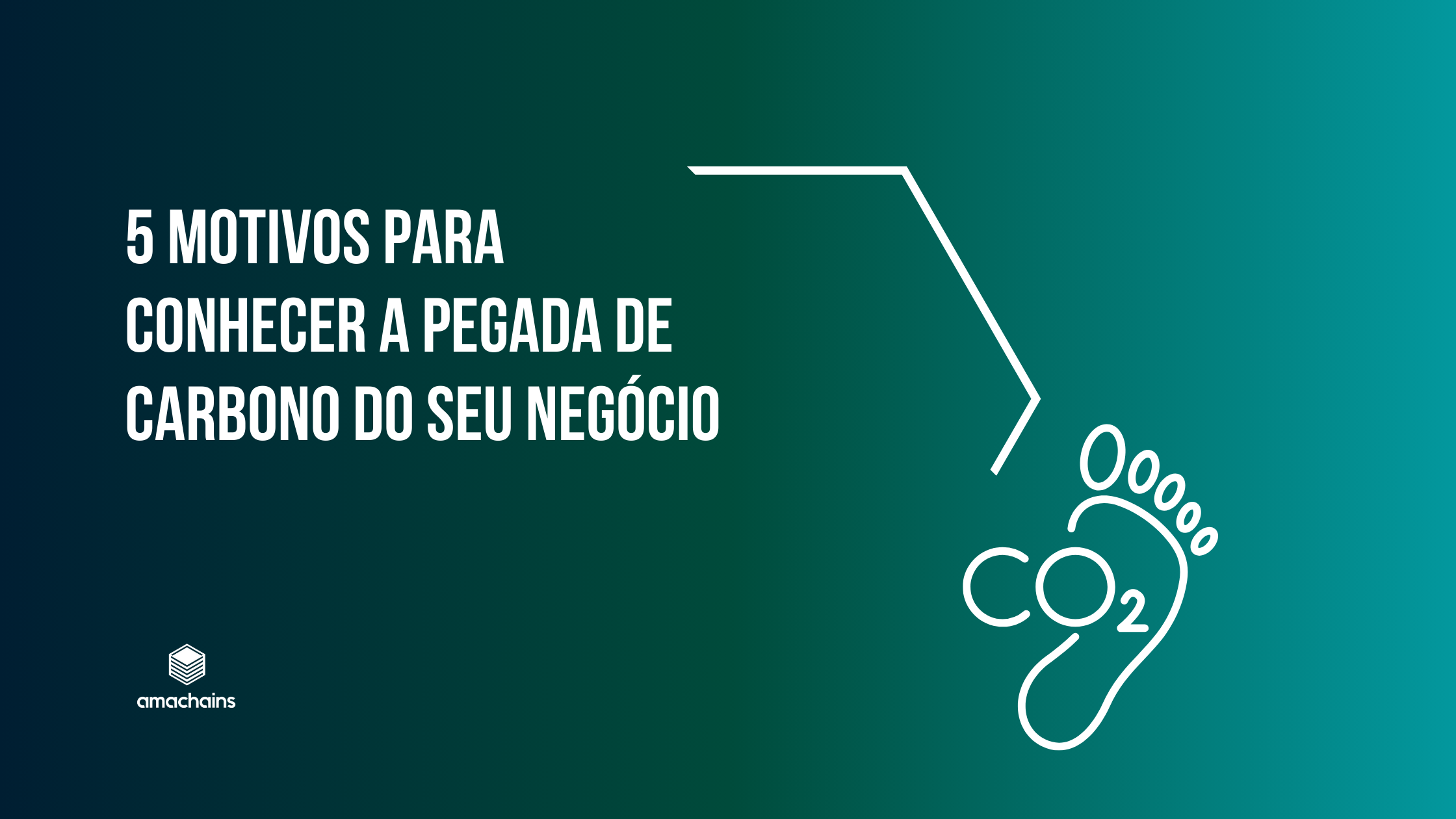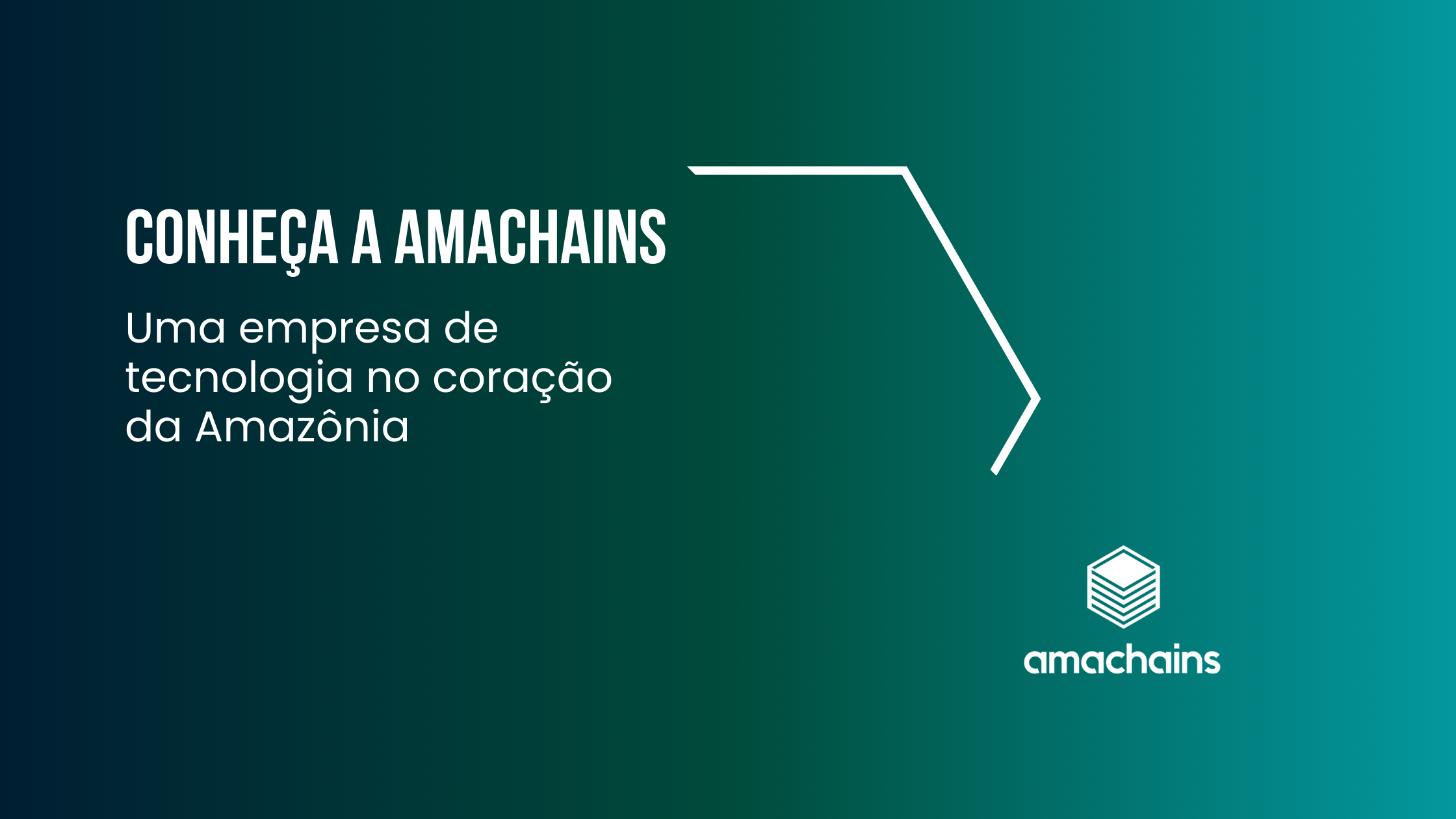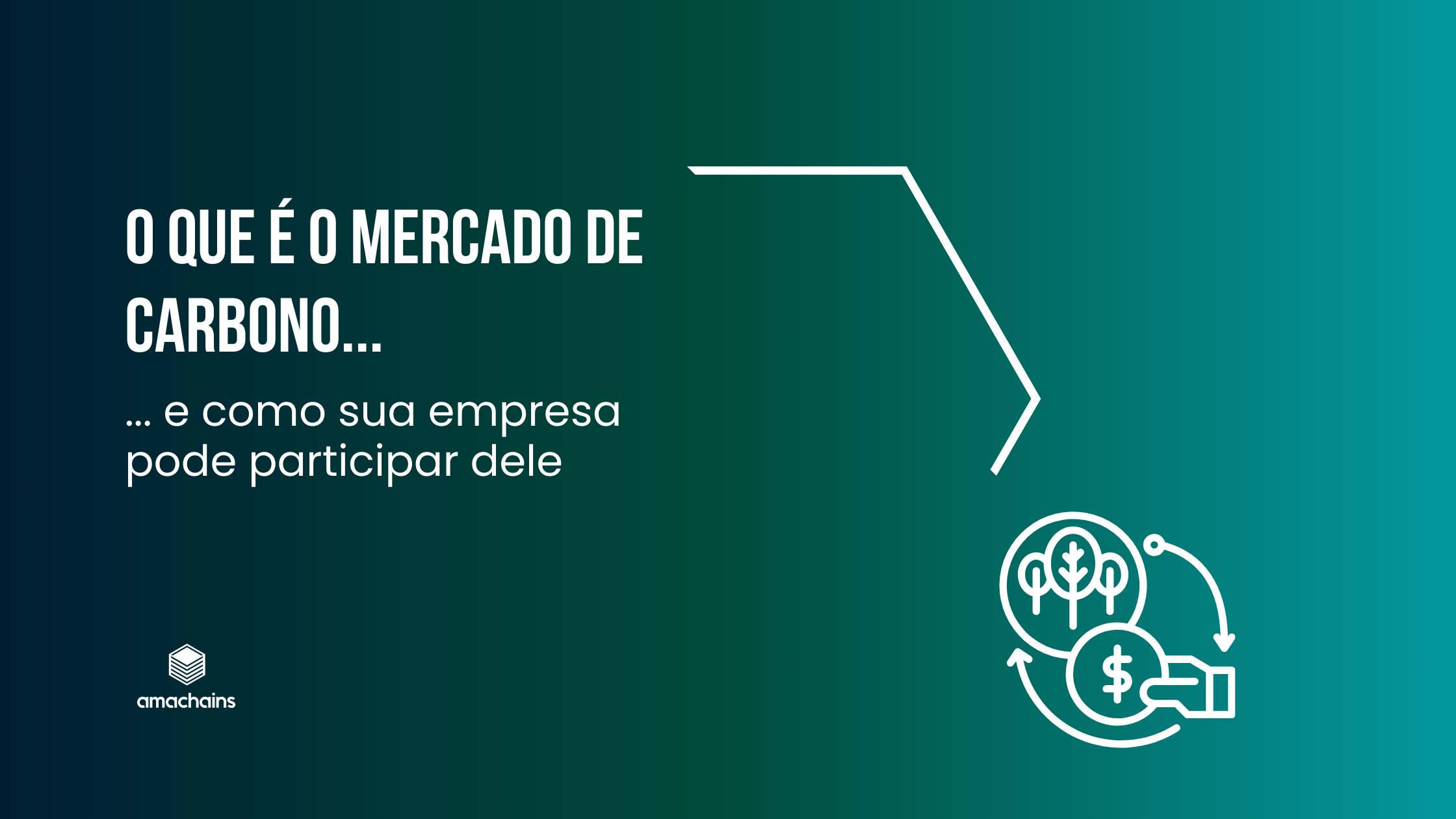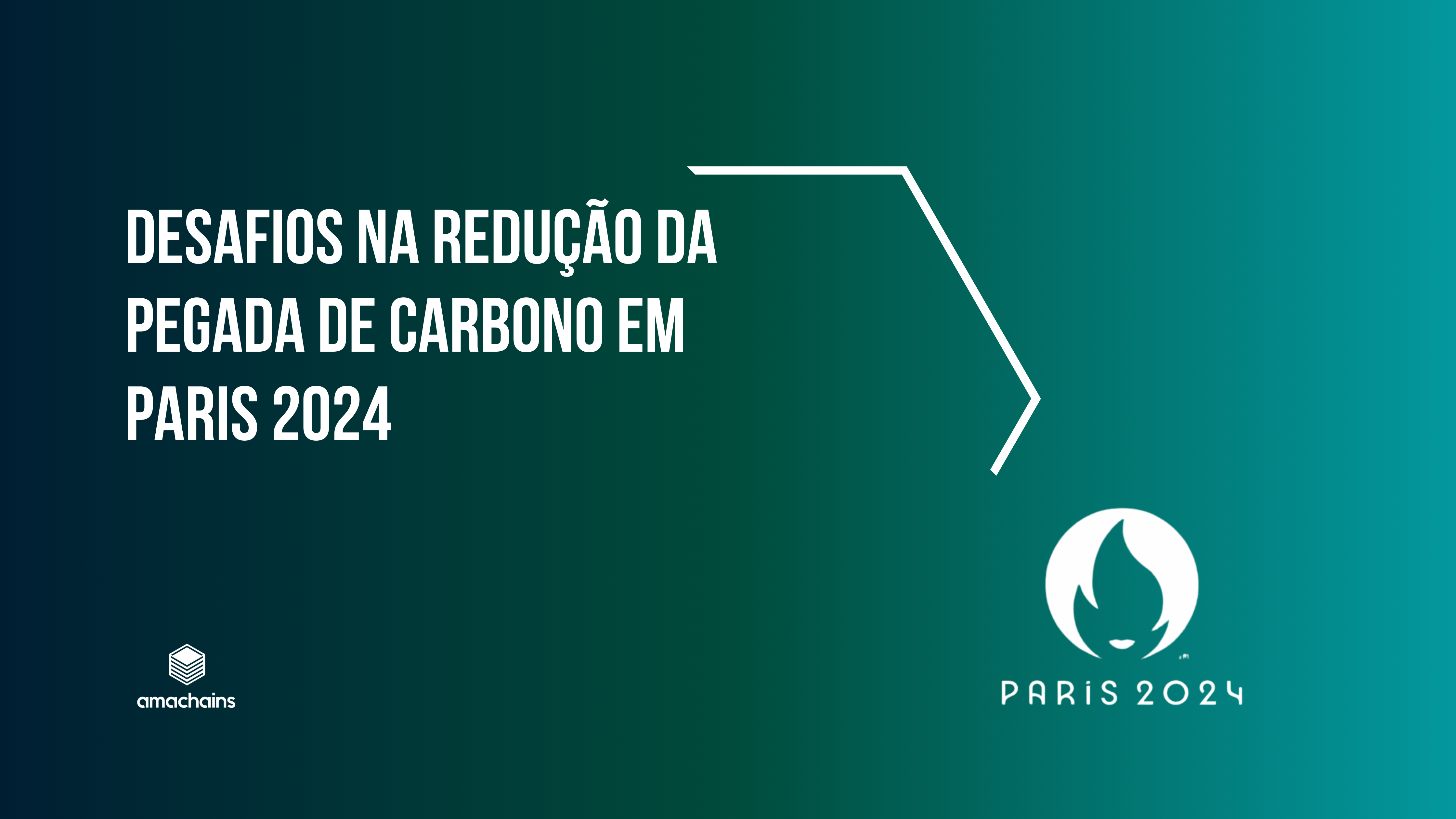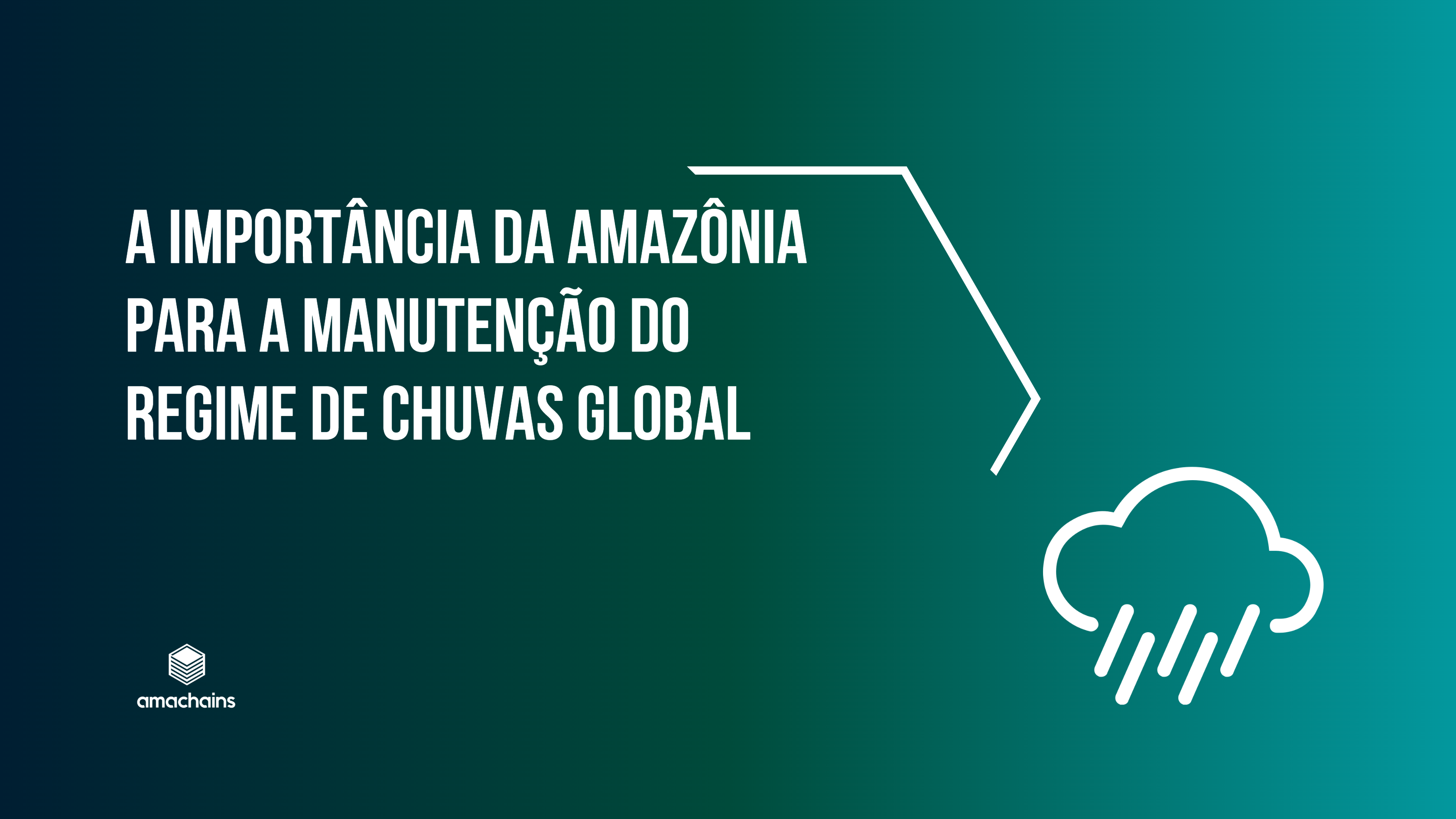The carbon market is an instrument to encourage the reduction of greenhouse gas emissions into the atmosphere. Through it, efforts to preserve the environment and modernize production chains on a sustainable basis are rewarded. In other words, the carbon market is where actions to mitigate the impacts of climate change are financially rewarded.
In short, agents that reduce emissions sell credits to those who have not yet managed to comply with decarbonization goals. With this, the carbon market seeks to finance actions capable of leading the world to a net reduction in emissions.
To learn more about the carbon market, read this article.
But how does the carbon market work?
It is structured in two models: the regulated carbon market and the voluntary carbon market. The difference between the two is the degree of institutionalization of this tool. In the first group, governments determine the rules, criteria and decarbonization targets for economic sectors. In the second, voluntary agents trade carbon credits in search of benefits for their business strategies.
The regulated carbon market
The regulated market is established by laws of countries that define mandatory criteria for reducing greenhouse gas emissions. The targets are established in accordance with the international commitments undertaken by each country in the Paris Agreement. It was in the Paris Agreement that countries committed to establishing national targets for reducing carbon emissions in accordance with their national reality.
Access the text of the Paris Agreement.
Decarbonization targets, then, are defined by each country as its contribution to limiting global warming to 1.5°C compared to the pre-industrial era.
Thus, based on national commitments, countries define carbon reduction targets for economic sectors. These targets are progressive and aim to control global warming to one and a half degrees by the end of the century.
How the regulated market works in practice
Just as countries set emission reduction targets, the functioning of the regulated carbon market depends on the rules established by each country. In the most common model, governments set a limit on greenhouse gas emissions. Based on the country's national targets, a limit is established for each sector, a kind of emissions cap. This limited concession is distributed among companies that need to stay below the emission levels established by the government. In this case, companies that manage to stay below this limit receive credits that can be traded with those producers who were unable to comply with the cap.
Some governments use taxes and fees as a mechanism to encourage decarbonization. This is the case of the European Union, for example, which is beginning to implement its Carbon Border Adjustment Mechanism rules. This is an attempt to contribute to the global reduction of emissions through fiscal constraints. In this case, taxes are levied on the import of products from production with a high level of greenhouse gas emissions without creating a carbon market.
As is the case in the European Union, the two models can coexist and, in both cases, the challenge of certifying the carbon inventory is central.
The regulated carbon market in the world
In addition to the European Union, other regions of the world already have regulated carbon markets. This is the case in Canada, China, South Korea, the United States, Mexico and Japan. In all of these cases, the creation of well-defined rules has stimulated the maturation and growth of carbon markets, with significant environmental and economic impacts.
The Voluntary Carbon Market
In countries where the carbon market is not yet regulated, companies and producers organize themselves around the voluntary market. In this case, the market functions as an optional instrument for agents committed to the transition to a green economy model.
In the voluntary market, agents that contribute to the sequestration of carbon from the atmosphere receive carbon certificates that can be traded with companies that wish to offset the impacts of their production. Carbon sequestration is basically done through the preservation of forests. The immense area of preserved land makes Brazil a central player in this economy.
Benefits of the carbon market
As the name suggests, joining the voluntary market is not mandatory. So, what leads companies and agricultural producers to join this model?
First, it is important to consider that carbon market regulation is a movement that is growing steadily. Agreements and commitments made in international forums are putting pressure on countries to quickly regulate. In this context, companies and producers that join the voluntary market gain a comparative advantage. After all, they anticipate the challenges of the low-carbon economy and position themselves strategically in the new market reality.
On the other hand, markets that already regulate their markets are beginning to impose obligations on their trading partners. This is the case of the European Union, for example. The requirements for access to the European market increasingly include environmental criteria. Producers that adapt to this reality guarantee access to international markets.
The carbon market also offers great business opportunities, with the new foundations of an environmentally sustainable economy. Producers who position themselves in this sense add value to their products. In addition, they strengthen their reputation with partners and consumers who are increasingly committed to decarbonization.
How is Brazil?
In September 2023, the Minister of Environment and Climate Change announced Brazil's new carbon emission reduction targets. At the UN Climate Ambition Summit, Marina Silva reinforced the commitment to reduce emissions by 48% by 2025 and 53% by 2030.
To this end, a Bill is currently being processed in the National Congress to regulate the country's carbon market. With its approval, the country will mature its legislation to respond to climate challenges. And, in this way, it will create the foundations to take advantage of the economic and social potential of this important instrument of the green economy.

